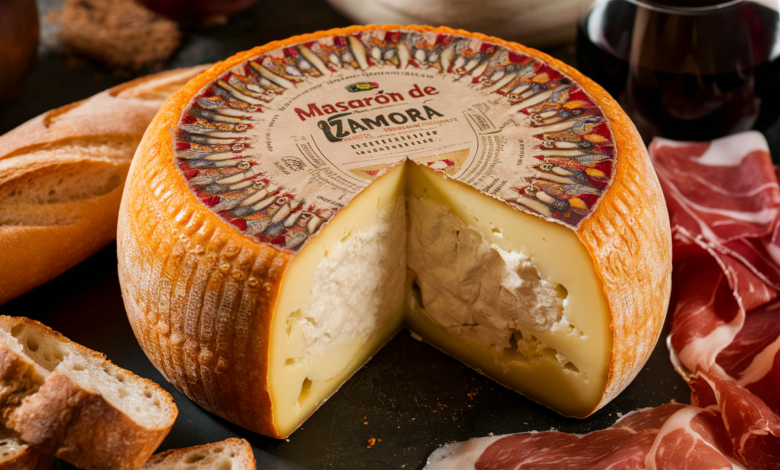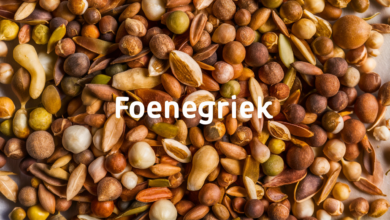Masgonzola: The Ultimate Guide to the World’s Creamiest Blue Cheese

Cheese lovers around the world are constantly searching for new, distinctive flavors that elevate their culinary experiences—and that’s exactly what Masgonzola brings to the table. Known for its rich texture, bold aroma, and luxuriously creamy flavor, Masgonzola stands as one of the most celebrated blue cheeses in gourmet cuisine. Originating from Italy, this exceptional cheese has gained international recognition for its versatility and depth, making it a favorite among chefs, food critics, and home cooks alike.
In this comprehensive article, we will explore the fascinating world of Masgonzola—from its origins and production process to its unique taste, health benefits, and culinary uses. We will also discuss why Masgonzola is becoming increasingly popular in modern gastronomy and how you can incorporate it into your dishes for a truly unforgettable flavor experience.
What Is Masgonzola? Understanding Its Origins and Heritage
Masgonzola is a premium variety of blue cheese that traces its roots back to the Italian region of Lombardy. It is believed to have originated from the same traditional cheese-making process used for the famous Gorgonzola, yet with subtle differences that make it stand apart in texture, flavor, and aroma.
Unlike typical blue cheeses that often have a crumbly texture, Masgonzola boasts a silky, creamy consistency, with veins of blue mold that develop naturally through the aging process. Its unique character comes from Penicillium roqueforti, a special type of mold that gives the cheese its signature marbled appearance and tangy taste.
Artisanal cheesemakers carefully age Masgonzola in temperature-controlled caves or cellars, allowing the flavors to deepen over time. The result is a cheese that perfectly balances earthiness, sweetness, and tanginess, offering a sensory experience unlike any other.
The Distinctive Taste and Texture of Masgonzola
What truly sets Masgonzola apart is its complex flavor profile. It delivers an elegant harmony between creamy sweetness and sharp blue mold pungency, creating a cheese that is both indulgent and sophisticated.
At first bite, you experience a buttery smoothness, followed by subtle nutty undertones and a rich, slightly salty finish. The creamy texture allows it to melt beautifully on the tongue, while the blue veining provides bursts of sharpness that awaken the palate.
Whether paired with a glass of fine wine, spread on artisan bread, or melted into a luxurious sauce, Masgonzola offers a depth of flavor that lingers long after the first taste. It’s this perfect balance of boldness and refinement that makes it a standout among gourmet cheeses.
How Masgonzola Is Made: The Traditional Process
The process of crafting Masgonzola is an art that requires both skill and patience. It begins with high-quality cow’s milk, collected from local farms where the cows are grass-fed to ensure the milk’s purity and richness. The milk is gently warmed and combined with rennet, which helps separate the curds from the whey.
Once the curds are formed, they are cut, drained, and placed into molds. The signature blue veins of Masgonzola are created by introducing Penicillium spores, which will develop during the aging phase. The cheese is then salted and placed in aging rooms with carefully controlled humidity and temperature. Over the course of several months, the cheese matures, allowing the blue mold to spread evenly, enhancing the flavor and aroma.
This aging process is what transforms Masgonzola into a luxuriously creamy delicacy, perfect for gourmet dining and culinary innovation.
Culinary Uses: How to Enjoy Masgonzola
Masgonzola is incredibly versatile in the kitchen, making it a favorite ingredient in both classic and modern dishes. Its smooth meltability and intense flavor make it ideal for sauces, pasta, risotto, and even desserts. Here are some popular ways to enjoy Masgonzola:
-
Masgonzola Pasta Sauce – Melt the cheese into cream and butter for a luscious, velvety sauce that coats pasta beautifully.
-
Gourmet Pizzas – Use Masgonzola as a topping with figs, prosciutto, or caramelized onions for a rich, sweet-salty flavor.
-
Cheese Boards – Serve Masgonzola alongside grapes, walnuts, and honey for an elegant appetizer or wine pairing.
-
Masgonzola Risotto – Stir it into risotto for a creamy, umami-packed dish that exudes luxury.
-
Salad Enhancer – Crumble it over pear and arugula salads for a refreshing yet indulgent contrast of flavors.
Its unique taste and texture make it an exceptional addition to nearly any dish, transforming simple meals into culinary masterpieces.
Health Benefits of Masgonzola
While Masgonzola is renowned for its flavor, it also offers several nutritional benefits when consumed in moderation. As a natural dairy product, it is packed with protein, calcium, and probiotics that support bone health and digestion.
-
Rich in Calcium and Phosphorus: Strengthens bones and teeth, making it beneficial for overall skeletal health.
-
Source of Healthy Fats: Contains essential fatty acids that contribute to brain function and cardiovascular health.
-
High in Protein: Helps with muscle repair and growth.
-
Contains Probiotics: The fermentation process introduces beneficial bacteria that support gut health.
Although it’s a rich cheese, Masgonzola can be part of a balanced diet when enjoyed responsibly. Its intense flavor means that even small quantities deliver great taste and satisfaction.
Pairing Masgonzola with Wine and Food
Pairing Masgonzola correctly enhances its complex flavor and brings out its best qualities. The right pairing can balance the cheese’s richness while highlighting its subtler notes.
-
Wine Pairings: Masgonzola pairs wonderfully with sweet and full-bodied wines such as Port, Sauternes, or Riesling. The sweetness of the wine offsets the cheese’s saltiness and boldness.
-
Food Pairings: Complement Masgonzola with fruits like pears, apples, or figs, as their natural sweetness balances the tanginess of the cheese. Nuts like walnuts or almonds also enhance its flavor depth.
For those who enjoy savory dishes, try combining Masgonzola with grilled meats, roasted vegetables, or even burgers—it adds a gourmet touch to everyday meals.
Why Masgonzola Is Gaining Global Recognition
In recent years, Masgonzola has made its mark beyond Italy, becoming a symbol of fine European cheese craftsmanship. Chefs around the world appreciate its ability to transform ordinary dishes into gourmet creations. Its rising popularity in international markets can be attributed to:
-
Artisanal Quality: Made using traditional methods that ensure authenticity and flavor depth.
-
Global Demand for Gourmet Foods: As food culture evolves, more consumers seek authentic, high-quality ingredients.
-
Versatility: Works beautifully in savory and sweet recipes alike.
-
Distinct Flavor: Its combination of creaminess and sharpness sets it apart from other blue cheeses.
Masgonzola’s growing reputation has turned it into a staple of luxury dining, featured in high-end restaurants and culinary competitions worldwide.
Conclusion: Masgonzola – A Culinary Masterpiece
Masgonzola is more than just a cheese—it is a work of art, representing centuries of Italian craftsmanship and innovation. With its creamy texture, bold flavor, and elegant aroma, it continues to captivate cheese lovers and professional chefs alike. Whether enjoyed on its own, spread over crusty bread, or melted into an exquisite sauce, Masgonzola elevates every dish it touches.
As the world continues to embrace the art of fine dining and gourmet experiences, Masgonzola stands as a testament to how tradition and modernity can blend to create something truly extraordinary. It is not merely a food—it is an experience that celebrates the essence of culinary luxury.
Frequently Asked Questions (FAQ)
Q1. What is Masgonzola?
Masgonzola is a creamy blue cheese originating from Italy, known for its rich texture, bold flavor, and smooth, tangy finish.
Q2. How is Masgonzola different from Gorgonzola?
While both are blue cheeses, Masgonzola has a creamier texture and a more refined balance between sweetness and sharpness compared to traditional Gorgonzola.
Q3. How should Masgonzola be stored?
Store Masgonzola in wax paper or cheese paper inside the refrigerator to maintain its texture and prevent it from drying out.
Q4. What foods pair best with Masgonzola?
Masgonzola pairs beautifully with fruits, nuts, honey, and wines like Port or Sauternes. It also enhances savory dishes such as pasta, risotto, and meat sauces.
Q5. Is Masgonzola healthy?
When consumed in moderation, Masgonzola provides essential nutrients like protein, calcium, and probiotics that contribute to overall health.



